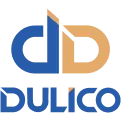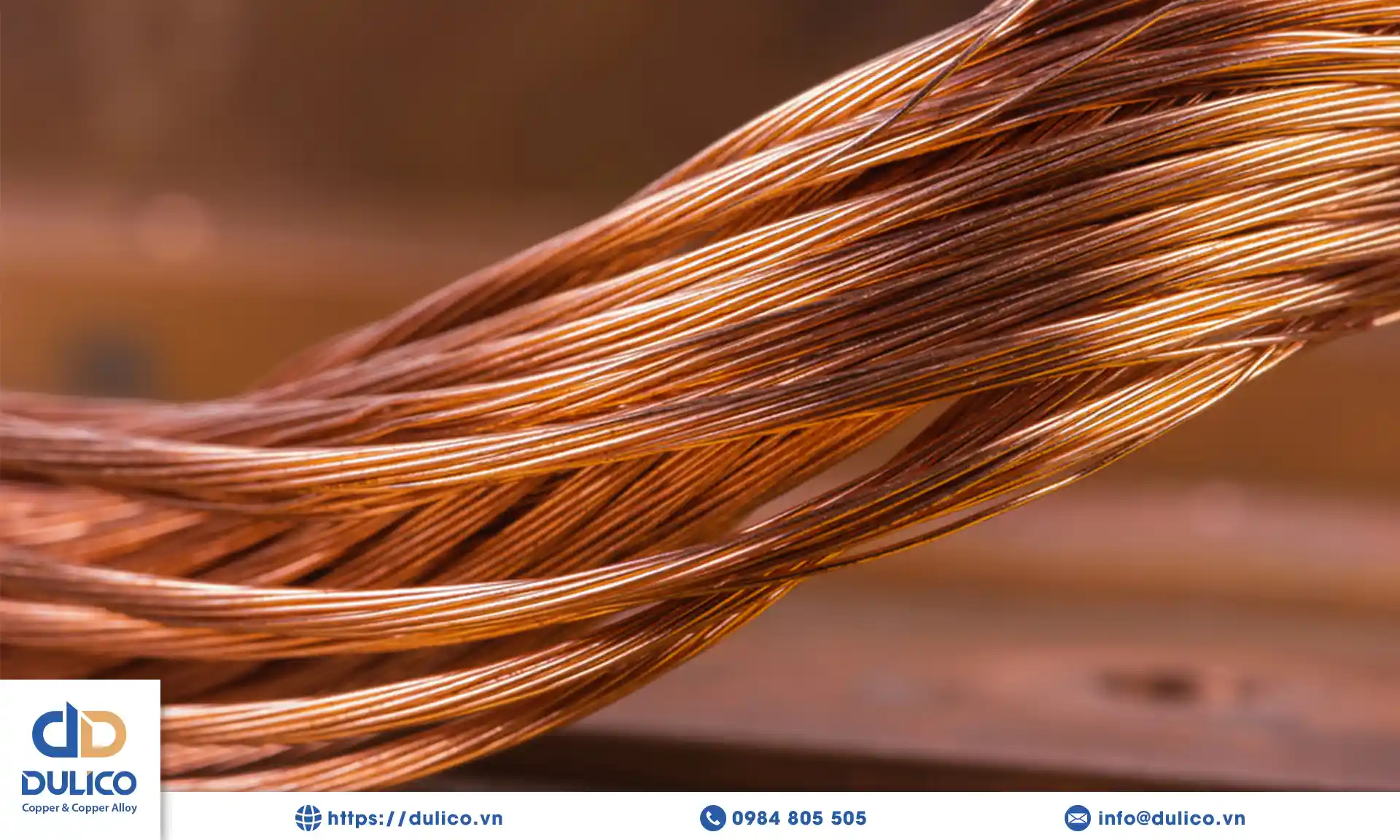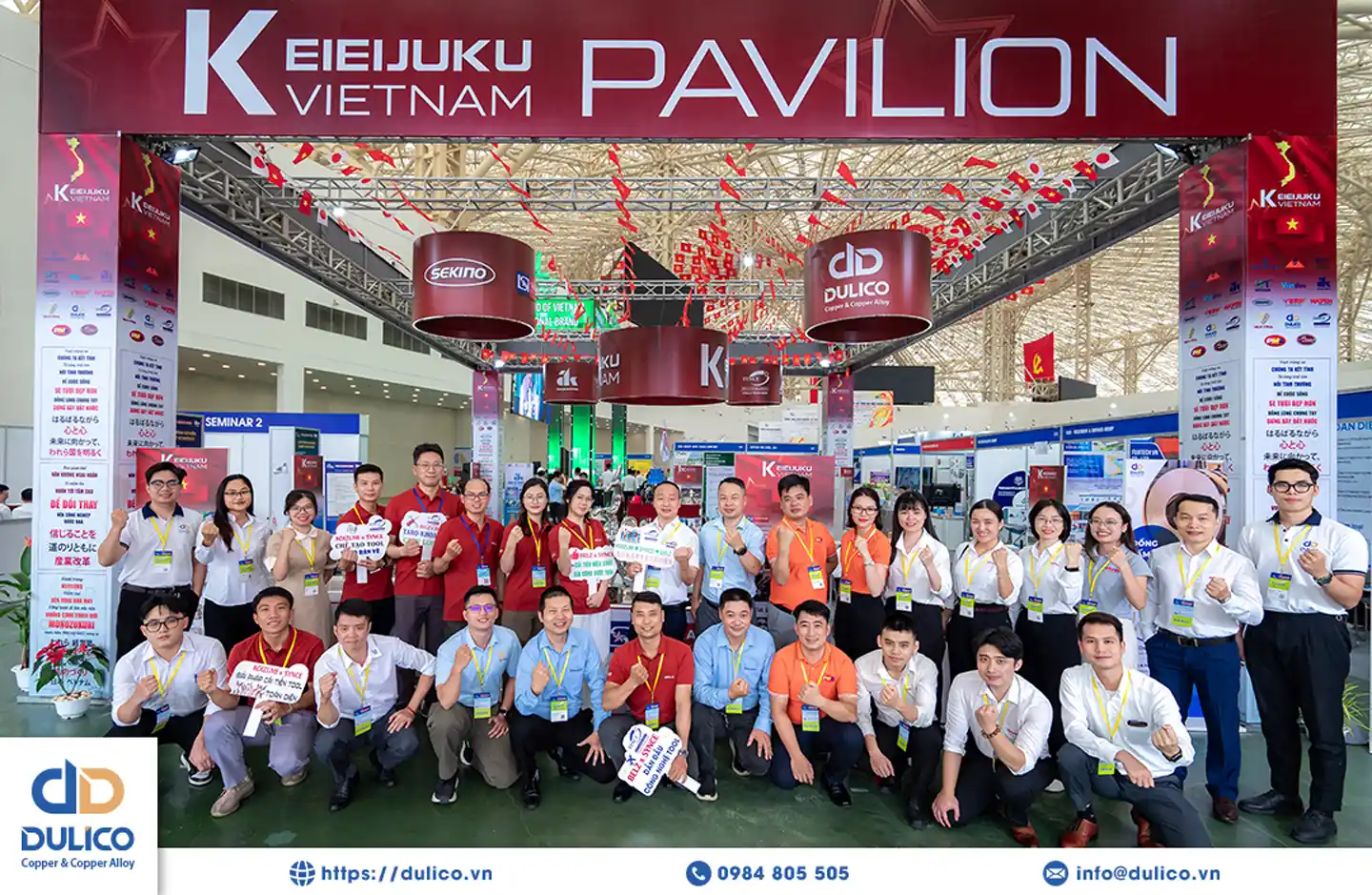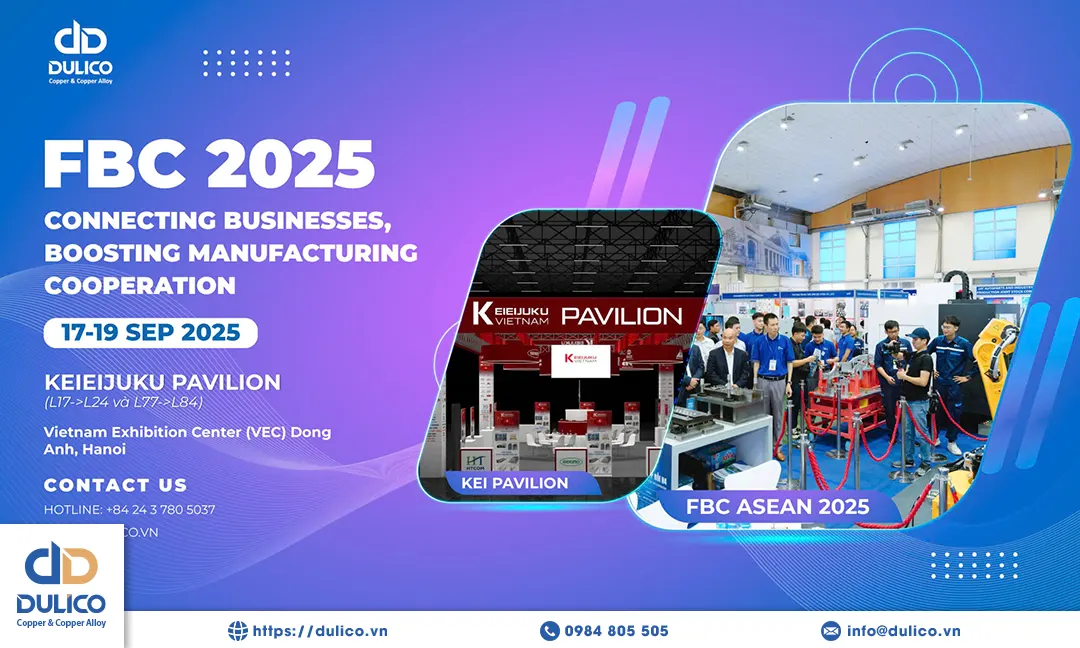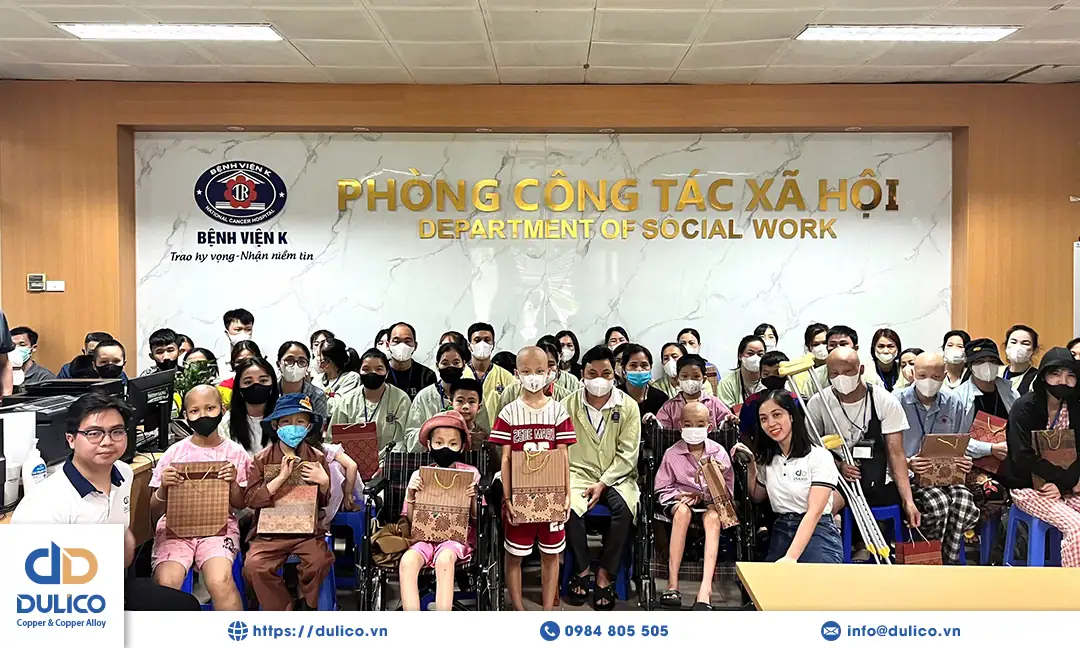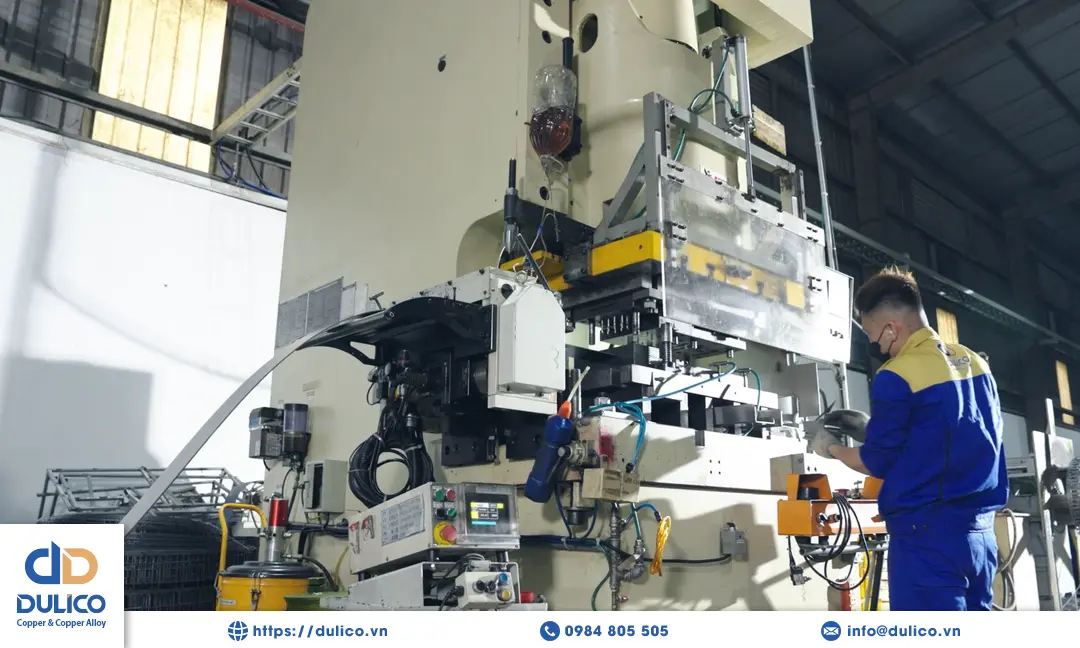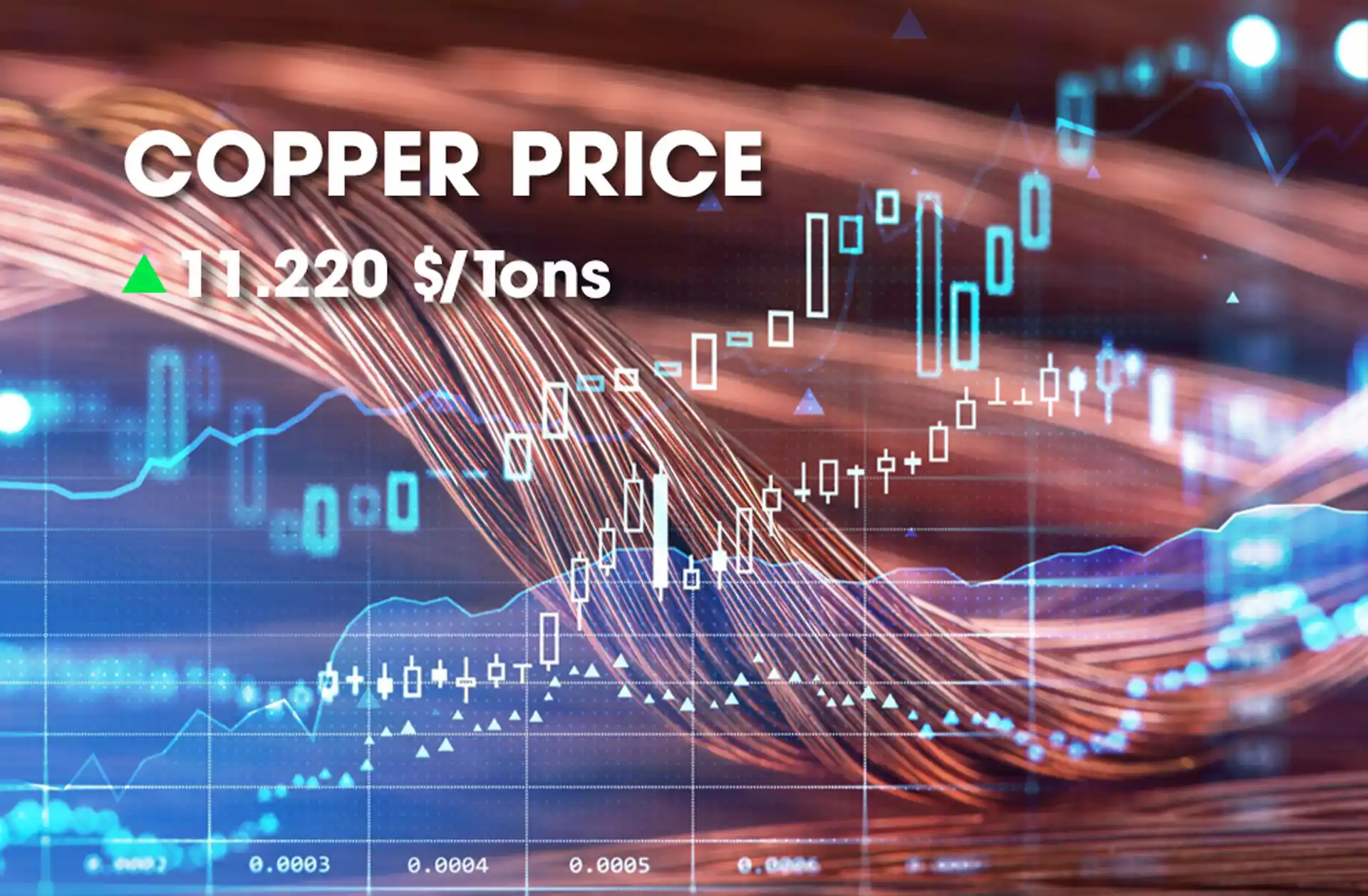In recent months, the global metals market has been witnessing a strong upward cycle in copper prices — a core raw material in nearly all industrial sectors, from electrical and electronic manufacturing to renewable energy.
According to Trading Economics, the spot price of copper on the London Metal Exchange (LME) reached approximately USD 5.09 per pound, equivalent to USD 11,220 per metric ton, by the end of October 2025 — an increase of more than 17 percent compared with the same period last year.
Data from YCharts also recorded the average price in September 2025 at USD 9,983 per ton, reflecting a clear upward trend that has continued since the third quarter.
Behind these figures lie structural drivers: the global energy transition, the growth of electric-vehicle manufacturing, and the ongoing industrial digitalization — all of which have made copper a strategic material of the twenty-first century.
When Demand Outpaces Supply
Since the pandemic, many major mining projects in South America have been delayed, while demand from electric vehicles, smart grids, and renewable-energy infrastructure has risen faster than expected.
According to the International Energy Agency (IEA), each electric vehicle requires 60 – 80 kilograms of copper, roughly four times that of a conventional car.
At the same time, European governments have been accelerating investment in power-transmission networks and green infrastructure, driving global copper consumption up by nearly 20 percent in just three years.
As a result, the market has fallen into a “demand-pull – supply-constraint” situation: prices rise, production costs escalate, and strong pressure is exerted on smelters, rolling mills, and metal-fabrication enterprises.

High Copper Prices – Burden or Opportunity for Innovation?
For companies that use copper sheets, copper strips, or copper-alloy components, price fluctuations are not only a financial risk but also a test of management and technological capability.
On one hand, increasing raw-material costs compress profit margins.
On the other hand, this becomes a catalyst for restructuring production through:
- Shifting toward high-value-added and high-precision products with stronger profit margins.
- Implementing internal recycling to reduce dependence on new raw materials.
- Establishing closer cooperation between manufacturers and customers to optimize total supply-chain costs.
Such proactive adaptation is defining a new generation of metal-processing enterprises where efficiency and sustainability coexist.
DULICO: Turning Surplus Material into New Value
In Vietnam, DULICO is among the few copper and copper-alloy manufacturers operating a fully closed-loop production system — from casting and rolling to stamping and re-casting.
DULICO’s key advantage lies in its capability to re-melt surplus or scrap copper that still retain intrinsic value after processing.
The company assists customers in recovering and re-casting these materials into products that meet original specifications, thereby helping to:
- Optimize raw-material costs amid copper-price volatility.
- Stabilize quality through ISO 9001 and ISO 14001-based control.
- Build a sustainable value chain in which both DULICO and its customers reduce losses and enhance efficiency.

According to the World Resources Institute (WRI), copper is 100 percent recyclable without any degradation in electrical conductivity or mechanical properties.
Leveraging this advantage, DULICO not only reduces its own production costs but also helps customers transform leftover material into new value, in full alignment with the concept of circular manufacturing.
Strategic Directions
As noted by the Financial Times (2025), copper prices are expected to remain at a high level through 2026.
To adapt, manufacturers must move from short-term reactions to long-term strategic approaches by:
- Investing in recycling technology and material autonomy.
- Diversifying supply sources and prioritizing long-term contracts.
- Optimizing production processes to minimize material consumption.
- Developing high-precision, high-technology products and deepening cooperation across the supply chain.
The surge in copper prices serves as a stress test for the intrinsic strength of the metal-processing industry.
For DULICO, it represents not only a challenge but also an opportunity to affirm its commitment to circular production, material control, and customer partnership.
In a world of constant volatility, material autonomy and continuous innovation are the keys that will enable Vietnamese manufacturers not merely to survive — but to advance and thrive within the global supply chain.
References:
- Trading Economics (2025); YCharts (2025); Financial Times (2025)
- International Energy Agency – Global EV Outlook 2024
- World Resources Institute – The Pivotal Role of Recycled Copper (2024)
To receive a quotation and detailed consultation on products and technical specifications, please contact:
| Mr. Doan Thanh Tung (David) International Sales 📞+84 975 441 115 ✉️ tung.doan@dulico.vn | Mr. Nguyen Trong Duy (LEO) Director ✉️ duy.nguyen@dulico.vn |





